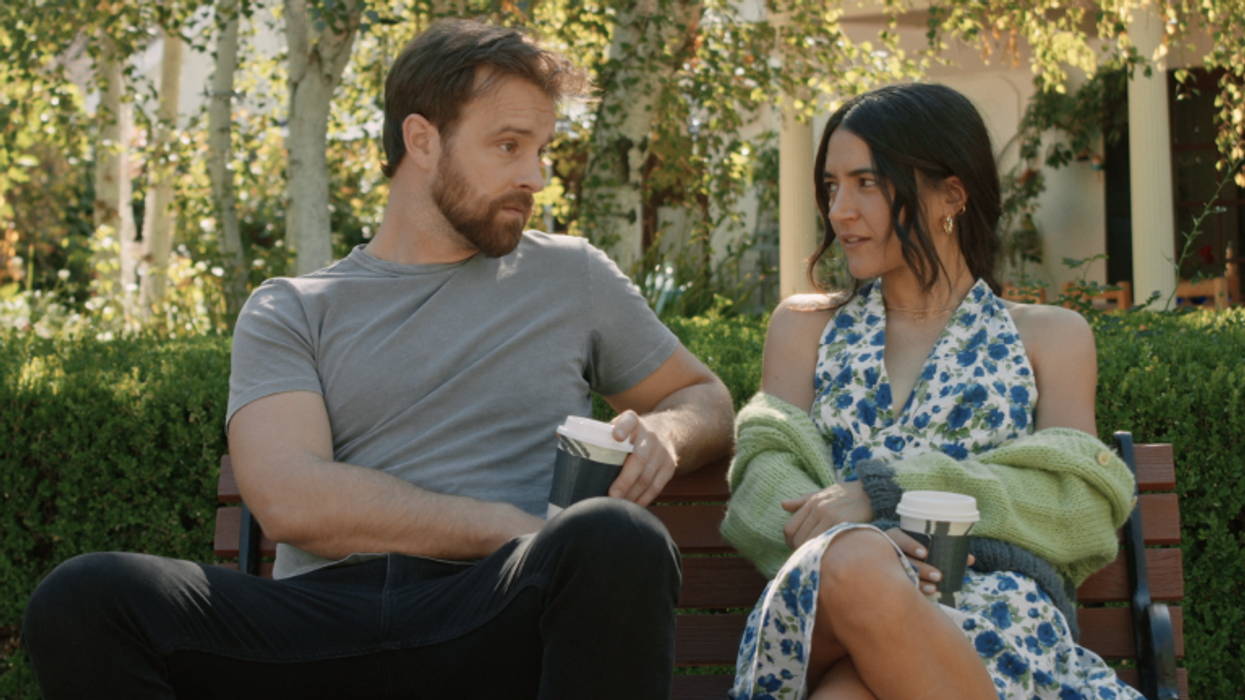So far in 2025, we honored and celebrated culture as a bridge to the latest news and analysis of politics, policy, and the birth of a new civic and political voice to build greater social cohesion, civic engagement, and problem-solving.
We hope you have taken the journey with us as we shared stories, music, poetry, and dance to inspire our better angels as part of our continuing coverage of the problems and solutions of our times.
We believe more than ever that art has the power to break down boundaries and overcome distances between people.
It’s been a few years since we’ve heard from Nimo Patel, founder of Empty Hands Music. Patel went from his Ivy League education to Wall Street to fame and fortune as a rap star on MTV. However, at some point along Patel’s journey, he realized that he was walking a path of suffering and that the only path to light was through selfless service to others and his own internal purification. For the past 10 years, Patel has been serving and working with underprivileged communities in India.
Today, we present another example of Patel’s work: a new Empty Hands music video, "Takin' My Time.”
This one’s got a feel-good, upbeat, summer vibe, and in the words of Patel:
“In a world full of deadlines, distractions, and pressure, this song is a gentle but radical reminder: Taking time out for yourself isn’t selfish — it’s self-preservation. It’s how we heal, thrive, and serve more wholeheartedly. 🕊️
Especially now, with rising mental health struggles all around us, we hope this song encourages you to slow down, smile, and take your time — for yourself, your soul, and your well-being.”
The Fulcrum is a platform where insiders and outsiders to politics are informed, meet, talk, and act to repair our democracy and make it live and work in our everyday lives. Yet the news can sometimes be stressful and a bit too much.
So enjoy, take a few minutes to relax. In a world filled with constant demands and challenges, taking time for relaxation is necessary to replenish mental and emotional reserves. Relaxation, whether deep breathing, meditation, spending time in nature, or listening to music, creates space for mental clarity and emotional resilience to emerge. This rejuvenation allows approaching problems at the individual, community, and national levels with renewed focus, creativity, and perspective. This can lead to more effective decision-making and a greater capacity to navigate life's complexities.
So take a moment and enjoy "Takin' My Time.” Perhaps you feel rejuvenated so you can face the challenges facing you personally, your community, and our nation with a renewed focus, creativity, and perspective.
David Nevins is co-publisher of The Fulcrum and co-founder and board chairman of the Bridge Alliance Education Fund.


















